| Plant Habit: | Cactus/Succulent |
| Life cycle: | Perennial |
| Sun Requirements: | Full Sun Full Sun to Partial Shade |
| Minimum cold hardiness: | Zone 10a -1.1 °C (30 °F) to +1.7 °C (35 °F) |
| Plant Height: | 8-12 inches |
| Plant Spread: | 24-36 inches |
| Leaves: | Unusual foliage color Evergreen |
| Fruit: | Dehiscent |
| Flowers: | Showy |
| Flower Color: | Orange Red Yellow |
| Suitable Locations: | Xeriscapic |
| Uses: | Provides winter interest Will Naturalize |
| Wildlife Attractant: | Hummingbirds |
| Resistances: | Drought tolerant |
| Propagation: Seeds: | Can handle transplanting Other info: Sow seeds in sandy soil. Seeds germinate in a few weeks at temperatures between 68 and 75 degrees F. Seedlings need moist but well-drained soil. |
| Propagation: Other methods: | Cuttings: Stem Offsets Other: Stems cut below a node root easily. Cut a stem that has gotten leggy, let it dry out for at least a few hours to form a seal on the cut surface. Place the cutting in rooting medium kept moist, but not wet, until roots form. |
| Containers: | Suitable in 3 gallon or larger Needs excellent drainage in pots |
| Miscellaneous: | Tolerates poor soil With thorns/spines/prickles/teeth |
| Conservation status: | Critically Endangered (CR) |
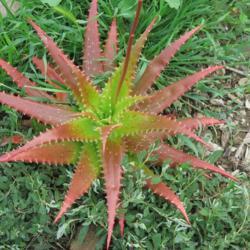
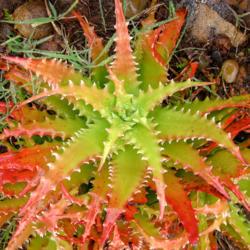
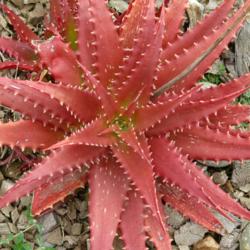
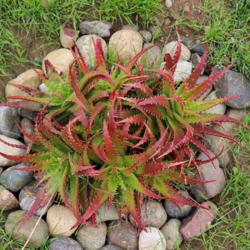



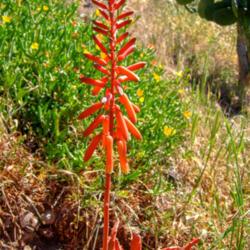
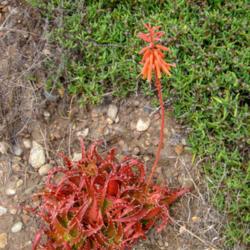
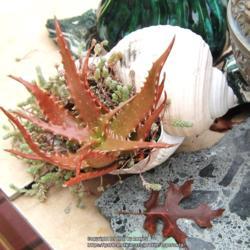
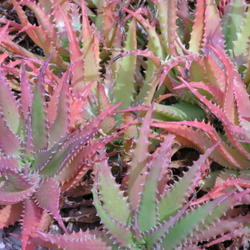
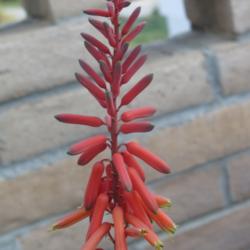
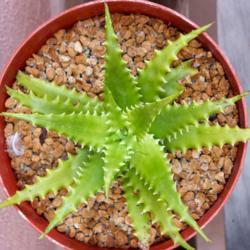
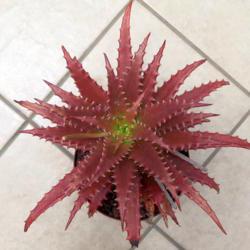
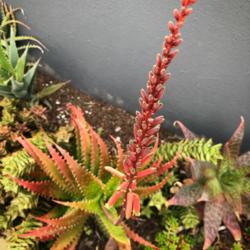
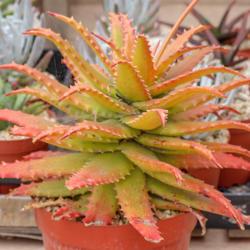
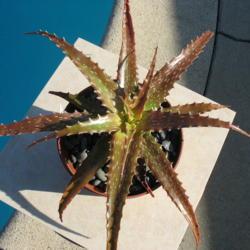
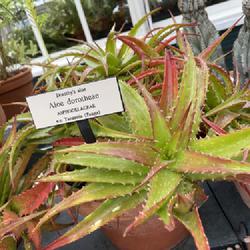

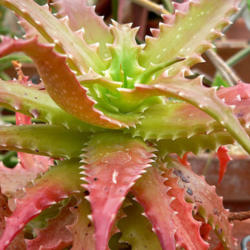
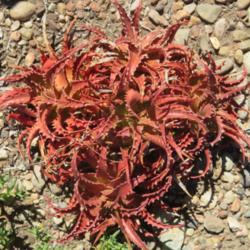
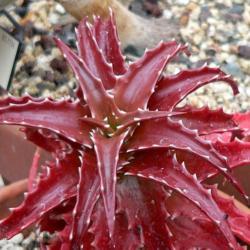
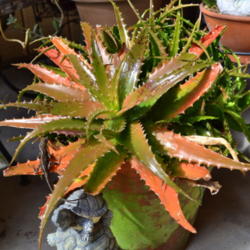
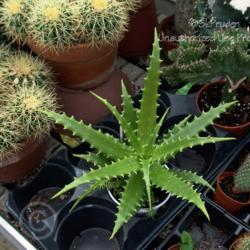
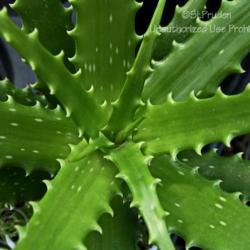
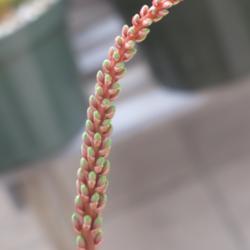
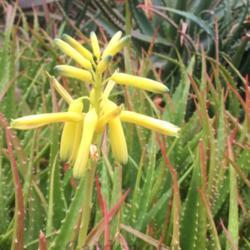

| Thread Title | Last Reply | Replies |
|---|---|---|
| Color spectrum by Baja_Costero | Aug 2, 2018 7:51 PM | 0 |
« Add a new plant to the database
» Search the Aloes Database: by characteristics or by cultivar name
« See the general plant entry for Aloes (Aloe)